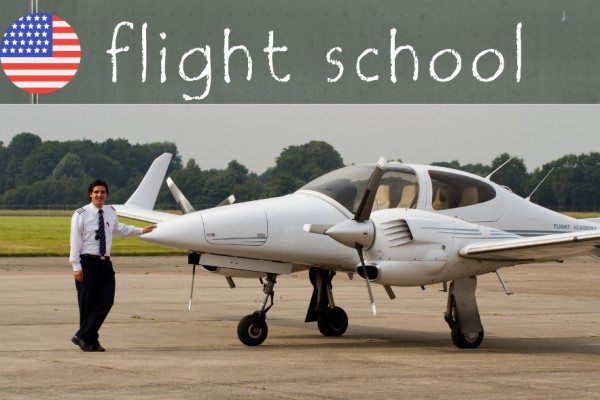- TRAINING
- 1 year before
What is the difference between modular and integrated ATPL
Before starting to work as a pilot in an airline, it is necessary to take the ATPL training. So what is the difference between integrated and modular ATPL trainings?
-

- 2 years before
- Category: TRAINING

Being able to control a giant passenger plane in a stylish uniform on it adorns the dreams of everyone who steps into piloting. The first step that must be taken to realize this dream is to have the Airline Transport Pilot License, which is the acronym ATPL in English. The ATPL, whose full name is Airline Transport Pilot License, can be obtained at the end of a special training process with many different components. ATPL education, which can be taken in private pilot schools and relevant departments of universities, is basically given in 2 ways. These two different types of training are called Modular ATPL and Integrated ATPL.
What is Modular ATPL Training?
Modular ATPL Training attempts to complete a person's airline transport pilot license training in a modular way, that is, separate packages, each of which includes an independent specialization. In this training, a person first becomes a private pilot, obtains a private pilot's license (PPL) and completes experience flights. At this stage, the person now has the individual pilot title and driver's license. After that, he will be eligible for ATPL by completing commercial pilot training.
What is Integrated ATPL Training?
In integrated ATPL training (which is a whole), a person participates in an uninterrupted and intensely paced training where one will eventually earn the title of commercial pilot. This training, the main advantage of which is to be completed in a shorter time, begins with direct commercial piloting lessons from the very beginning. Candidates who complete the training stages are eligible for the airline transport pilot's license when successful.
What are the differences between Modular and Integrated ATPL?
Modular ATPL training allows you to study without giving up your work, school and family life. The most important point of the training is the first stage of the Special Pilot License. After obtaining the Special Pilot License, you can take a break from the course at any stage of the training. This break can also last for years. Years later, you can pick up where you left off with a few refresher flights. In integrated ATPL training, the priority for your enrollment is that you are not a student or employee anywhere. Since the course you will take is intense, you need to move forward without interrupting your training with the fleet. You will not be able to obtain a license when you want to take a break at any stage of training. The obvious benefit of integrated training is that you save time by not retaking similar courses in different modules than when you took all the theoretical training at the beginning. The integrated training model is completed in a shorter time than the modular training model.
Who Prefers Modular ATPL Training?
Modular ATPL training is preferred by those who want to complete pilot training without wasting time from work, school and family life.
Who Prefers Integrated ATPL Training?
The reason for the emergence of integrated training is that airlines aim to provide rapid training to train commercial pilots in Cadet programs. But later, Integrated ATPL courses were opened in flight schools, in which outsiders could also participate. This training, on the other hand, is usually preferred by candidates who have decided to become a pilot after university, have not started any work and do not consider quitting training as a big risk.
Does it make a difference when entering a job?
Airlines make their pilot recruitment announcements by targeting “ATPL Frozen”, that is, people with this license and sufficient flight time. These advertisements usually do not indicate in which way the pilots to be employed receive ATPL training. The main issue that concerns airline companies from pilot recruitment is that ATPL holders successfully complete the applied tests.





